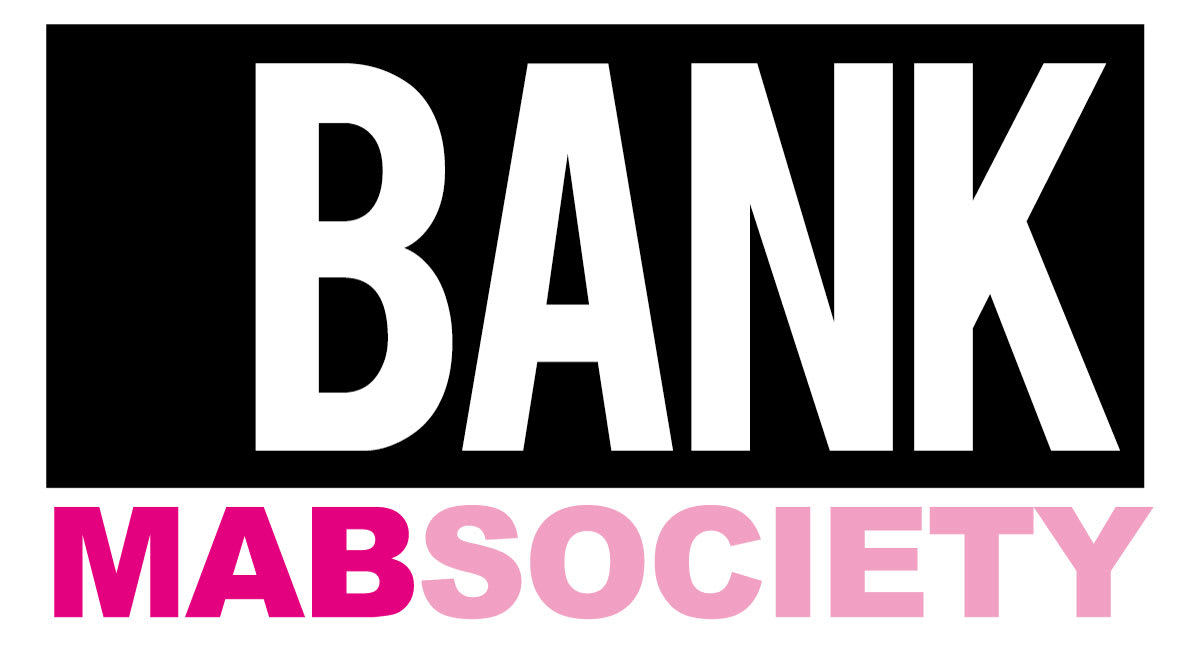Duyi Han: When Neuroscience Meets Traditional Architecture
ELLE DECORATION
Words/ Yuan Chen
Published on March 27th, 2025
At the ongoing Art Basel Hong Kong 2025, Duyi Han has brought his previously France-exhibited work Our Superior Algorithm, which has undoubtedly left many viewers "startled"—black-and-white "traditional Buddhist prayer banners" hang from above, with their long streamers tailored into the shape of neckties. Combined with the white banner surface, the installation resembles an exquisitely crafted high-end tailored suit.
Upon closer inspection, the "prayer banners" reveal meticulously hand-embroidered texts and symbols—poetic yet incantatory—intertwining commercial slogans, financial symbols, and religious motifs. The slogan emblazoned across the fabric reads, "Entrust every decision to our superior algorithm, and your future will be worry-free," while the lotus pedestal below prominently declares "Prajna Decision Management" in bold strokes.
"The design inspiration came from my visit to Lingyin Temple in Hangzhou, drawn from the emotions and observations I experienced within those traditional spaces," said Duyi. The spirituality and "sense of trust" in the temple reminded him of people's current relationship with algorithms and artificial intelligence. Thus, he grafted intricate texts and design details onto sacred spaces and ritualistic objects. Through this series, he personifies the "algorithm" as a shrewd, calculating, and coldly efficient "business elite," using the work to explore the evolving dynamic between humans and AI.
"Our Superior Algorithm" is part of a larger series titled "Handover Ceremony." Cold yet humorous, satirical yet piercing—this is the hallmark of Duyi's work. He excels at using strikingly impactful methods to explore the possibilities of East-West fusion and the "merger" of art and science, leaving viewers both visually and emotionally stunned.
Born in 1994, Duyi Han is not an artist in the traditional sense—he holds an architecture degree from Cornell University and previously worked at Herzog & de Meuron. This background has shaped his habit of approaching creativity from an interdisciplinary perspective. "I dislike being confined to a single creative language," Duyi says of himself. He comes across more as a cultural experimenter, relentlessly challenging the established boundaries between art, science, design, and architecture.
For Duyi, space has never been merely a physical concept. "I’ve always been fascinated by the emotional atmosphere of interior spaces," he recalls. "During my time at Herzog & de Meuron, I worked on an interior design project for a Danish hospital. Through that research, I became deeply intrigued by how space influences human psychology."
Thus, temples and gardens in his works are no longer mere landscapes, but living cultural symbols. He is obsessed with tracing the zeitgeist behind architecture—like an archaeologist unearthing fragments of history hidden between stone crevices. From East to West, he tirelessly explores how architectural styles articulate humanity’s aesthetic desires, and how these forms quietly sculpt emotions. "My fascination with cultural heritage and buildings borders on obsession," Duyi admits. "The awe evoked by ancient structures compels me to constantly ponder how to recreate that profound, subtle power of beauty in contemporary creation."
But how does one translate the aesthetic language of history into contemporary artistic expression? In Proteine Grottesche—the centerpiece installation of his solo exhibition Duyi Han: Luminous Trove at Shanghai’s Soho Haosi—the work extracts molecular structure diagrams of adenosine triphosphate (ATP) from protein databases. Two-dimensional and three-dimensional structural transformations merge with Qing Dynasty court ornamentation and frescoes from Rome’s Domus Aurea, reinterpreted as a decorative painting brimming with Eastern imagination: golden threads meander across pale yellow satin, tracing patterns that resemble both molecular chains and auspicious clouds.
By substituting the fantastical, beloved creatures of Eastern and Western lore with the protein molecules that construct all life—while simultaneously echoing the aesthetic obsession with exuberant intricacy found in Eastern garden rockeries and decorative arts—Duyi’s artistic vocabulary allows his works to transcend the constraints of any single culture, even breaking free from the limits of specific spaces and times.
Han Duyi excels at transforming scientific terminology into aesthetic visual language—as seen in Synthesis of ATP, a bench that translates cellular biological processes into a tactile, hand-embroidered and foam-padded work, rendering the invisible visible. Another animated piece reimagines cultural relics as organic creatures, looping in the Luminous Trove exhibition to explore the fusion of natural growth and technological innovation...
From his past works, it’s clear that Han Duyi harbors a deep fascination with neuroscience—and Ordinance of the Subconscious Treatment unveils yet another romantic dimension of this exploration. More than just a design project, it is an experiment in the dialogue between mental health and space. The installation centers on a mint-green room, imbued with a clinical, hospital-like atmosphere. Sliding curtains, LED lights, and labyrinthine structures seem to invite visitors to traverse an inner maze of the psyche.
Furniture pieces like the Dopamine Lamp (its form echoing a Bagua mirror), the Retreat Allowed Chair, and the Oxytocin Dresser—replicating the bulbous silhouettes of ritual cauldrons—are adorned with molecular structures of vitamin B12, serotonin, and sertraline, alongside therapeutic phrases and lyrics from Billie Eilish. These seemingly disparate elements coalesce in Han Duyi’s vision into a narrative of emotion, healing, and self-redemption. Through spatial design, he challenges, bewilders, hypnotizes, stimulates, embraces, soothes—and ultimately heals—every visitor who steps into this realm.
Revisiting his world at this moment: a chair becomes a metaphor for cellular biology, a wall transforms into a vessel for psychotherapy, and a space turns into a laboratory for emotions. And these seemingly absurd conversions—are they not, in fact, revealing the purest essence of creativity? Every thread may lead to unexpected possibilities, ultimately guiding us toward our own healing.


